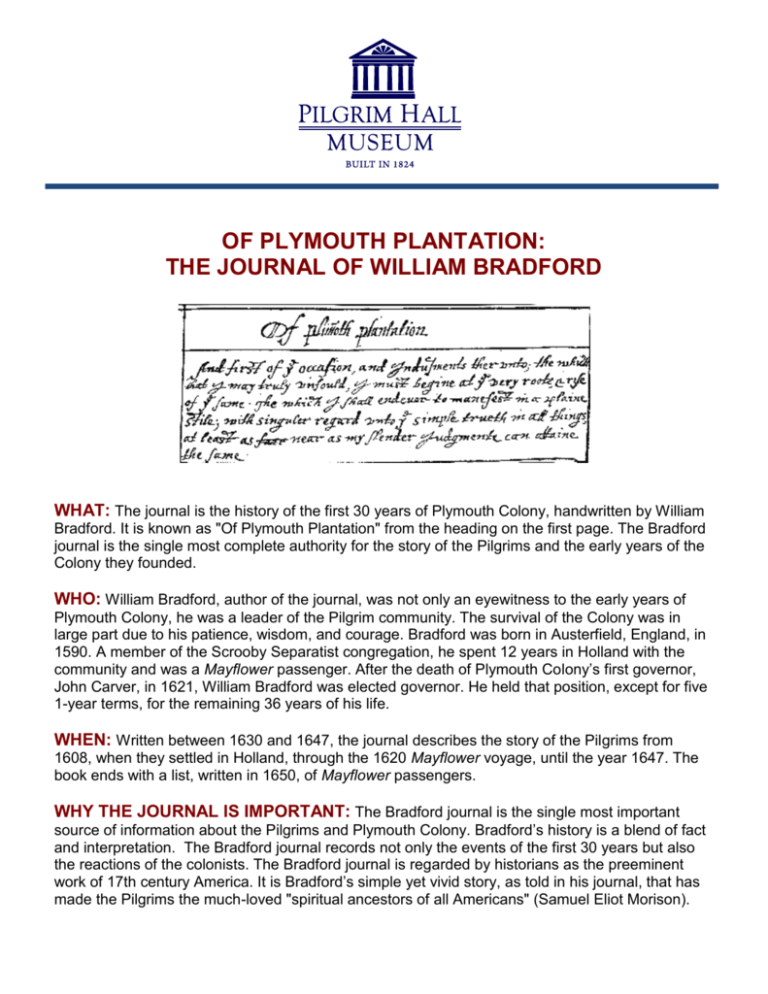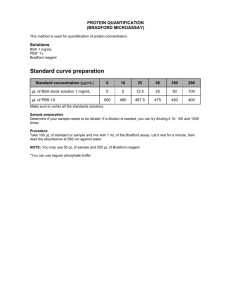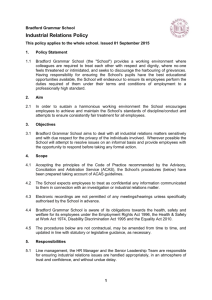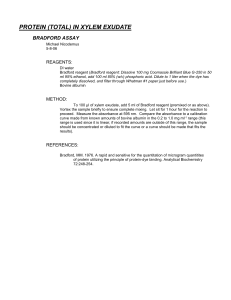of plymouth plantation: the journal of william bradford
advertisement

OF PLYMOUTH PLANTATION: THE JOURNAL OF WILLIAM BRADFORD WHAT: The journal is the history of the first 30 years of Plymouth Colony, handwritten by William Bradford. It is known as "Of Plymouth Plantation" from the heading on the first page. The Bradford journal is the single most complete authority for the story of the Pilgrims and the early years of the Colony they founded. WHO: William Bradford, author of the journal, was not only an eyewitness to the early years of Plymouth Colony, he was a leader of the Pilgrim community. The survival of the Colony was in large part due to his patience, wisdom, and courage. Bradford was born in Austerfield, England, in 1590. A member of the Scrooby Separatist congregation, he spent 12 years in Holland with the community and was a Mayflower passenger. After the death of Plymouth Colony’s first governor, John Carver, in 1621, William Bradford was elected governor. He held that position, except for five 1-year terms, for the remaining 36 years of his life. WHEN: Written between 1630 and 1647, the journal describes the story of the Pilgrims from 1608, when they settled in Holland, through the 1620 Mayflower voyage, until the year 1647. The book ends with a list, written in 1650, of Mayflower passengers. WHY THE JOURNAL IS IMPORTANT: The Bradford journal is the single most important source of information about the Pilgrims and Plymouth Colony. Bradford’s history is a blend of fact and interpretation. The Bradford journal records not only the events of the first 30 years but also the reactions of the colonists. The Bradford journal is regarded by historians as the preeminent work of 17th century America. It is Bradford’s simple yet vivid story, as told in his journal, that has made the Pilgrims the much-loved "spiritual ancestors of all Americans" (Samuel Eliot Morison). HOW THE JOURNAL HAS TRAVELED: The original Bradford manuscript was used in the 17th and 18th centuries by other colonial historians. The manuscript was known to be in Boston’s Old South Church Library in the 1760s but then disappeared. It was rediscovered in the library of the Bishop of London in the 1850s. Formal proposals to return the manuscript were not successful until the 1897 initiative of the Hon. George Hoar, U.S. Senator from Massachusetts, supported by the Pilgrim Society, the American Antiquarian Society, and the New England Society of New York. The Bradford journal was presented to the Governor of the Commonwealth of Massachusetts and is on deposit in the State Library in the State House in Boston. ABOUT 17TH CENTURY BOOKS & MANUSCRIPTS: Early in the 16th century, ragbased paper replaced parchment book pages. Both parchment and rag paper are very durable. Documents from the 17th century usually outlast those written on the highly acidic 19th and 20th century wood pulp-based paper. William Bradford's manuscript journal is a vellum-bound volume measuring 11 1/2" by 7 3/4." There are 270 pages, numbered (sometimes inaccurately) by Bradford himself. The ink is slightly faded and has turned brown with age, but it is still completely legible. The pages are somewhat foxed (discolored) but otherwise the almost 400-year-old document is in remarkably good condition. Bradford, like all writers of his time, uses a variety of spelling. A rule code for spelling was unknown then and dictionaries uncommon. Consistency in spelling was not a virtue, even important state papers might reflect regional speech. In addition, there were a number of particular customs used, as for example the f-shaped s which was used when the letter s was doubled or used initially. Bradford also uses common abbreviations such as wt for with, yt for that, and ye for the.







